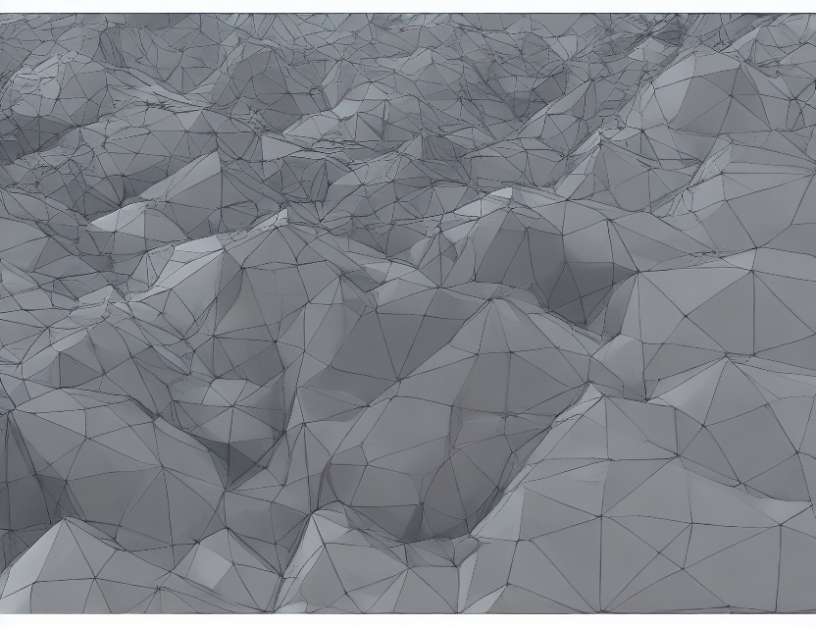NeRF-based methods for rendering images have made significant progress, but they still face challenges in terms of speed and memory usage due to their implicit nature. To address these issues, a recent work introduces anisotropic 3D Gaussian representations of scenes, which are rendered using a fast and efficient tile-based differentiable rasterizer. This approach surpasses existing methods in both quality and efficiency, making it a promising solution for real-time rendering applications.
To understand how this works, imagine you’re trying to paint a picture of a complex scene, like a landscape with trees and buildings. The anisotropic 3D Gaussian representation is like a set of brushes that can capture the different shapes and details of the scene in a more accurate way than traditional methods. The fast and efficient rasterizer is like a machine that quickly applies these brushes to your canvas, allowing you to render the image much faster and with less memory usage.
The authors of this work have achieved significant improvements in both quality and efficiency, making it possible to render high-quality images in real-time. This has important implications for applications like virtual reality, where smooth and realistic rendering is critical. Overall, this work represents a significant step forward in the field of neural rendering, and demonstrates the power of using anisotropic 3D Gaussian representations and fast rasterizers to improve the efficiency and quality of NeRF-based methods.
Computer Science, Computer Vision and Pattern Recognition
Neural Implicit Surfaces and Volume Rendering: A Comprehensive Review



